H22A Honda Accord Prelude 2.2L VTEC DOHC Engine OBD1/OBD2: A Comprehensive Guide
The H22A engine is one of the most beloved and renowned powerplants in the Honda world, powering some of the most iconic vehicles from the brand, including the Honda Accord and Honda Prelude. This engine, with its 2.2L displacement and VTEC DOHC (Variable Valve Timing and Lift Electronic Control, Double Overhead Cam) technology, is a solid choice for both enthusiasts and car owners who value performance and reliability. In this article, we will dive deep into the specifications, features, performance, and compatibility of the H22A engine in OBD1 and OBD2 configurations.
Overview of the H22A Engine
The H22A is a 2.2L, 4-cylinder, inline engine with a DOHC configuration that was produced by Honda from the early 1990s until the early 2000s. It features the innovative VTEC system, which optimizes engine performance by adjusting valve timing based on driving conditions. This results in improved fuel efficiency at low RPMs and greater power at higher RPMs, providing the best of both worlds. The engine was widely used in the Honda Prelude and Accord, with various iterations appearing in different markets.
- Engine Type: Inline-4
- Displacement: 2.2L (2,157 cc)
- Valve Configuration: DOHC (Double Overhead Cam)
- VTEC: Yes (Variable Valve Timing and Lift Electronic Control)
- Fuel System: Multi-point fuel injection
- Compression Ratio: 10.6:1
- Bore x Stroke: 87 mm x 90 mm
- Horsepower: 190-200 hp (depending on the market and version)
- Torque: 160-160 lb-ft (depending on version)
OBD1 vs. OBD2: Key Differences
OBD (On-Board Diagnostics) systems play a vital role in modern vehicles. They monitor various sensors and systems to ensure proper engine performance and emissions control. The H22A engine was produced in both OBD1 and OBD2 configurations, each with its own set of features and differences:
OBD1 (On-Board Diagnostics 1):
- Introduction: OBD1 was introduced in the early 1990s and was used in vehicles manufactured until 1996.
- System Complexity: OBD1 systems are simpler and less detailed in comparison to OBD2, with fewer sensors and diagnostic capabilities.
- ECU (Engine Control Unit): The ECU in an OBD1 system is less advanced and is typically more challenging to work with in terms of tuning and diagnostics.
- Compatibility: OBD1 is generally more straightforward when it comes to swapping out components and modifying the engine.
OBD2 (On-Board Diagnostics 2):
- Introduction: OBD2 was mandated for all vehicles sold in the U.S. starting in 1996 and continued into the 2000s. It introduced more advanced diagnostic capabilities.
- System Complexity: OBD2 offers a more comprehensive and detailed approach to engine diagnostics, including additional sensors and a greater level of control over the engine.
- ECU: The OBD2 ECU is more sophisticated, offering better tuning and tuning software support.
- Compatibility: OBD2 is less flexible when it comes to swaps and engine modifications but is generally more efficient and reliable for modern diagnostics and emissions.
Performance and Tuning
The H22A engine, whether in OBD1 or OBD2 configuration, is known for its performance potential. The VTEC system allows the engine to switch between two camshaft profiles, optimizing fuel efficiency at lower RPMs and maximizing performance at higher RPMs. This gives the engine excellent versatility, with smooth power delivery in everyday driving conditions and the ability to rev high and generate more horsepower when needed.
- Stock Performance: The engine typically produces around 190-200 horsepower and 160 lb-ft of torque. With proper tuning, these numbers can be increased significantly, making it a popular choice for tuners and enthusiasts.
- Upgrades: Common upgrades for the H22A include larger camshafts, upgraded fuel systems, high-flow intakes, exhaust systems, and standalone engine management systems. Tuning the engine for higher boost levels (via turbocharging or supercharging) is also a popular modification.
Engine Swaps and Compatibility
One of the main reasons why the H22A engine is so popular among car enthusiasts is its compatibility with a variety of Honda vehicles, especially when performing engine swaps. Swapping an H22A into another vehicle, such as a Civic or CRX, is a popular modification. This is often done to improve performance, as the H22A is much more powerful than the typical engine options in these vehicles.
- Honda Accord: The H22A was available in several generations of the Honda Accord, primarily in markets outside the U.S.
- Honda Prelude: The H22A was the engine of choice for various Prelude models, providing a performance boost compared to the more common 1.8L engines.
- Engine Swap: When performing an H22A swap into a non-H22-equipped Honda, modifications to the engine bay, transmission, and ECU are often required. Both OBD1 and OBD2 variants of the H22A can be swapped, but OBD2 swaps typically require more work to ensure proper compatibility with the car’s existing OBD2 system.
Maintenance and Reliability
Honda engines, including the H22A, are known for their durability and longevity. With proper maintenance, the H22A engine can last for several hundred thousand miles. Regular oil changes, timing belt replacement, and attention to cooling systems are crucial for ensuring the engine’s long-term reliability.
- Common Issues: Like most engines, the H22A can suffer from issues such as oil leaks, worn-out timing belts, and valve clearance problems. Regular maintenance and monitoring of these areas can prevent most major issues.
- Parts Availability: Since the H22A is a popular engine among Honda enthusiasts, replacement parts and aftermarket performance parts are widely available.
FAQs About the H22A Honda Accord Prelude 2.2L VTEC DOHC Engine OBD1/OBD2
1. What is the difference between OBD1 and OBD2 for the H22A engine?
- OBD1 is an earlier diagnostic system used in vehicles up until 1995. It’s simpler but lacks some of the advanced features of OBD2. OBD2, introduced in 1996, offers more comprehensive engine diagnostics, better emissions control, and improved tuning options.
2. Can I swap an OBD1 H22A engine into a car that uses OBD2?
Yes, it’s possible, but it will require an OBD1-to-OBD2 conversion. You’ll need to either rewire the vehicle’s OBD2 system to be compatible with the OBD1 ECU or install an OBD1 ECU. This can be a complicated process, and proper tuning will be necessary.
3. How much horsepower can the H22A engine handle with modifications?
Stock, the H22A produces between 190-200 horsepower. With modifications, such as a turbocharger, performance camshafts, and ECU tuning, the engine can handle much more, with some enthusiasts pushing it to 400+ horsepower, though this requires supporting modifications to fuel, cooling, and the transmission.
4. Is the H22A engine reliable?
Yes, the H22A is known for its reliability. With regular maintenance and care, it can last well over 200,000 miles. However, like any performance engine, it requires periodic checks and replacements of parts such as the timing belt and water pump.
5. What are the best upgrades for the H22A engine?
Popular upgrades include high-flow intakes, performance exhaust systems, upgraded camshafts, stronger pistons, and turbocharging or supercharging kits. ECU tuning is also a common and essential modification to extract the most power from the engine.
6. What cars can I swap the H22A engine into?
The H22A can be swapped into many Honda models, including the Civic, CRX, and of course, the Accord and Prelude. Depending on the specific swap, you may need to modify the transmission, ECU, and engine mounts.
7. How much does an H22A engine swap cost?
The cost of an H22A engine swap can vary significantly depending on the vehicle, the condition of the engine, and whether you are doing the swap yourself or hiring a professional. On average, the cost can range from $2,500 to $5,000 for a full engine swap, including labor and parts.
The H22A engine remains one of the most iconic and sought-after engines in the Honda lineup. Whether you’re a performance enthusiast, a tuner, or simply someone looking to upgrade your vehicle, the H22A offers a solid balance of power, reliability, and aftermarket support. By understanding the differences between OBD1 and OBD2 systems and taking proper care of the engine, you can enjoy the full potential of this legendary powerplant.

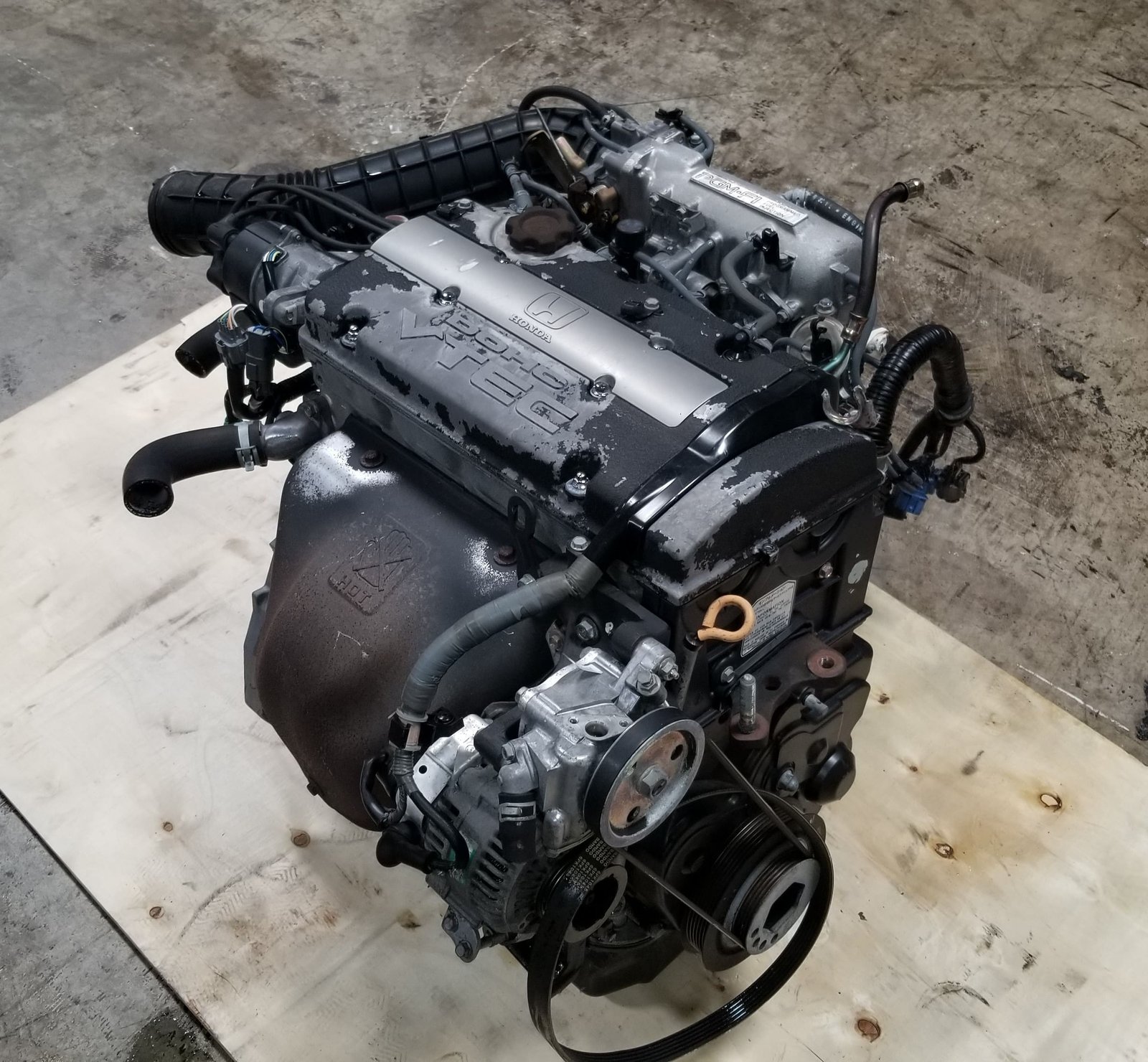
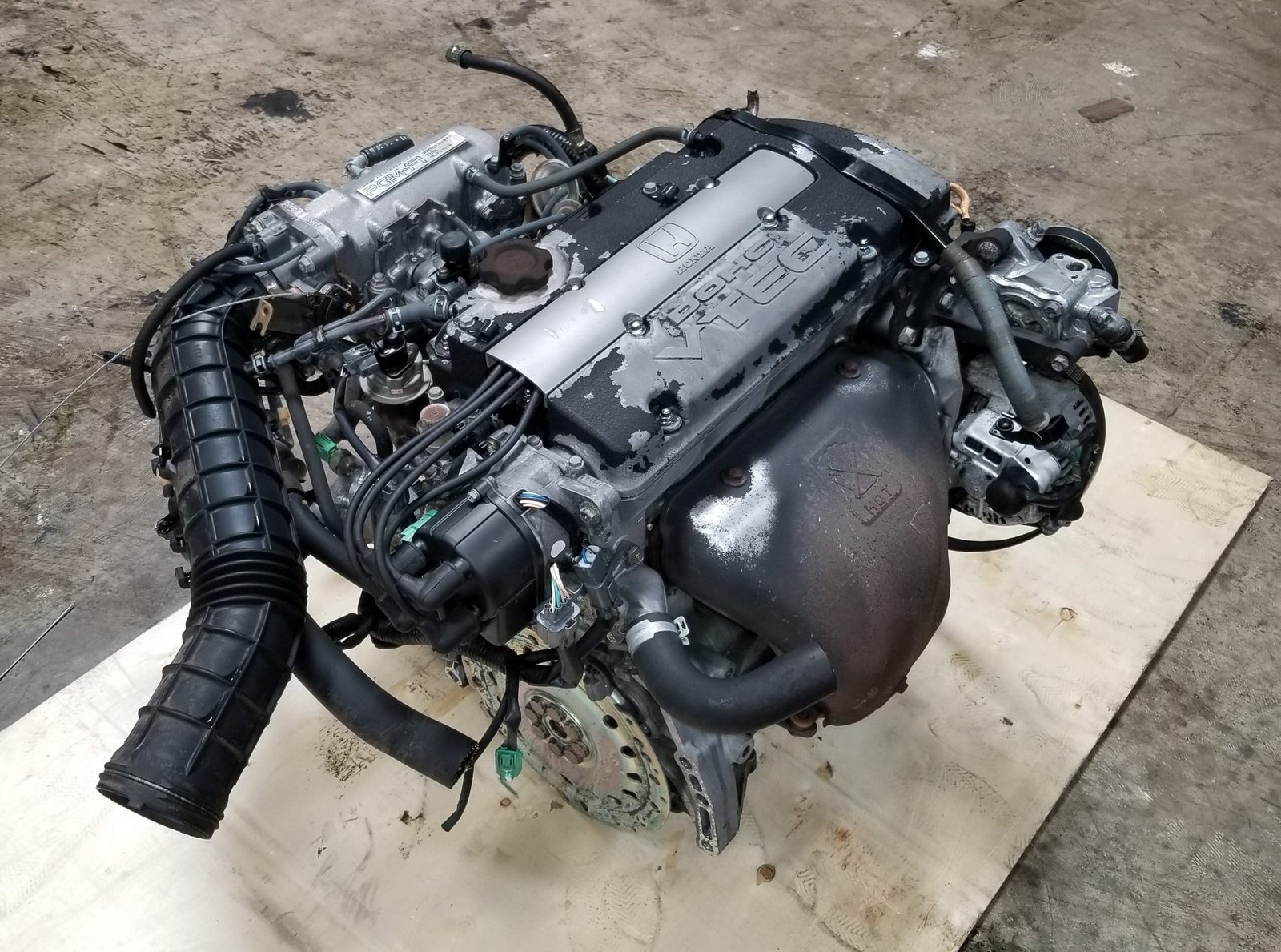
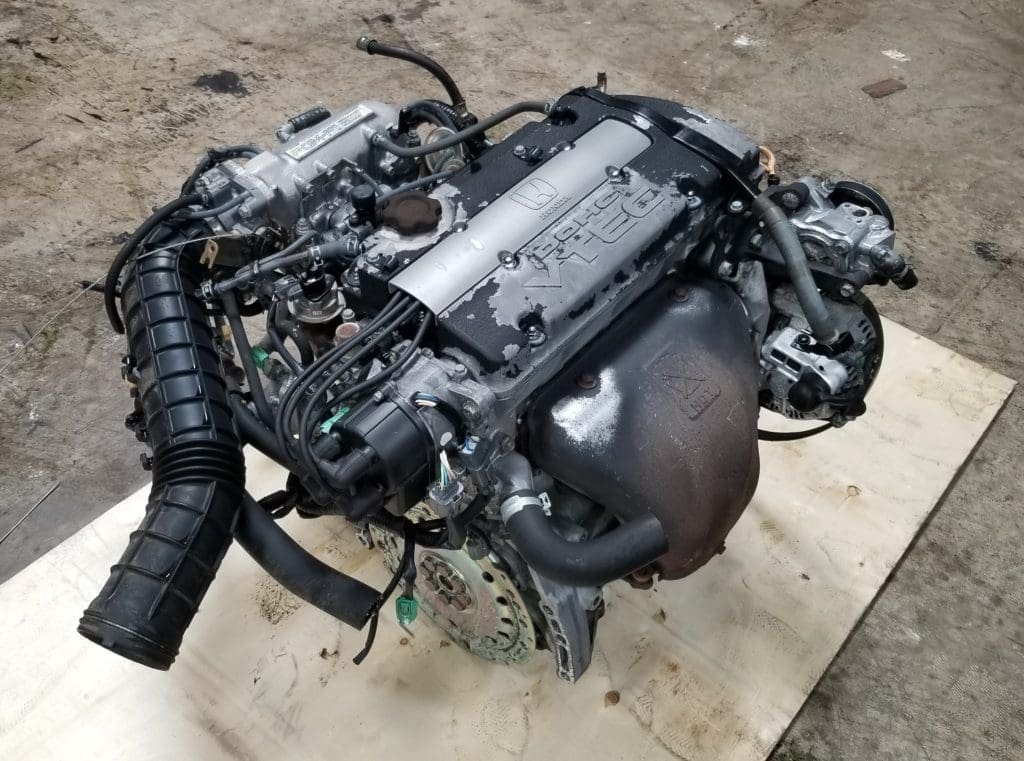

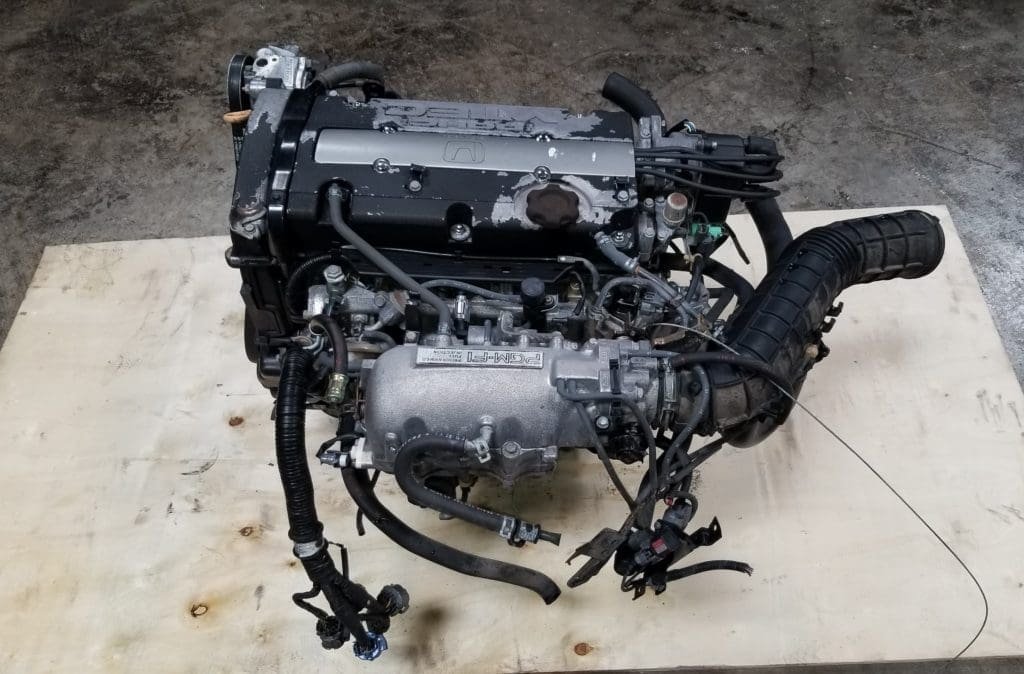
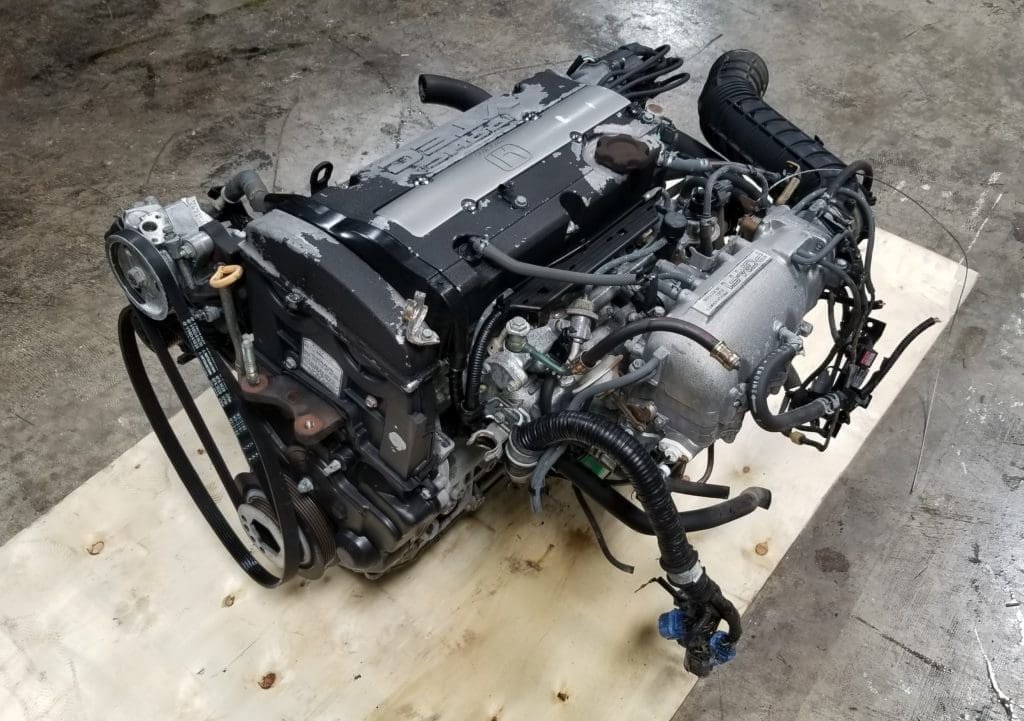
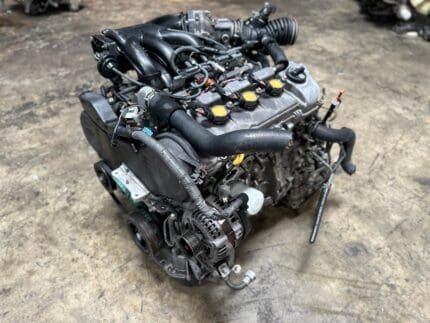
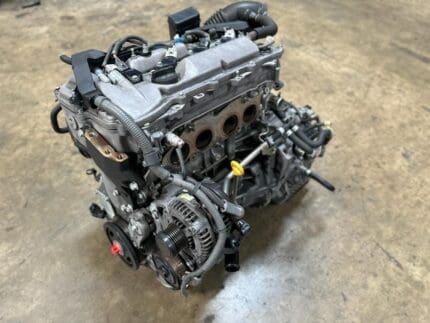

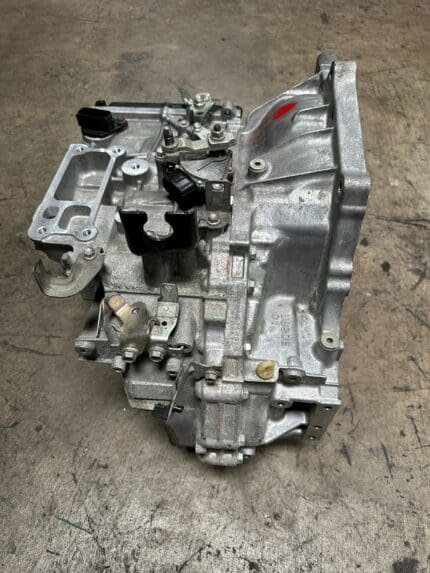

Reviews
There are no reviews yet.